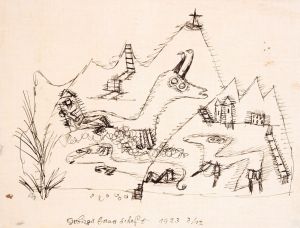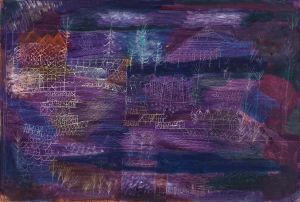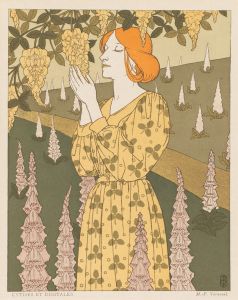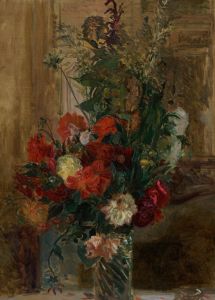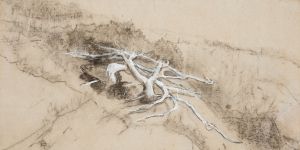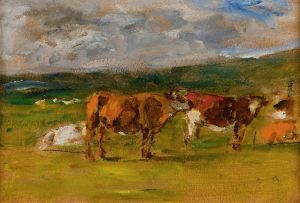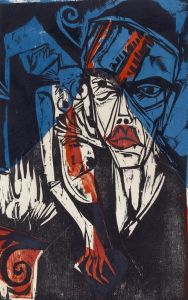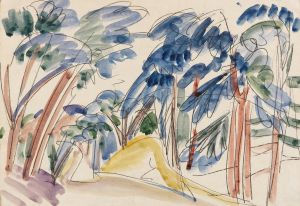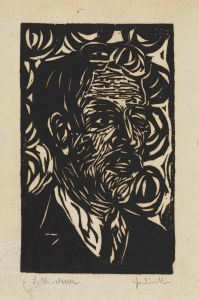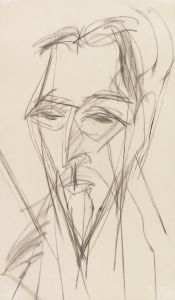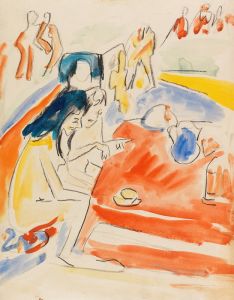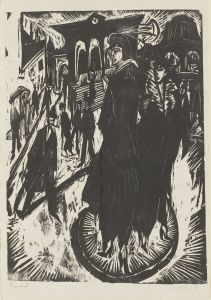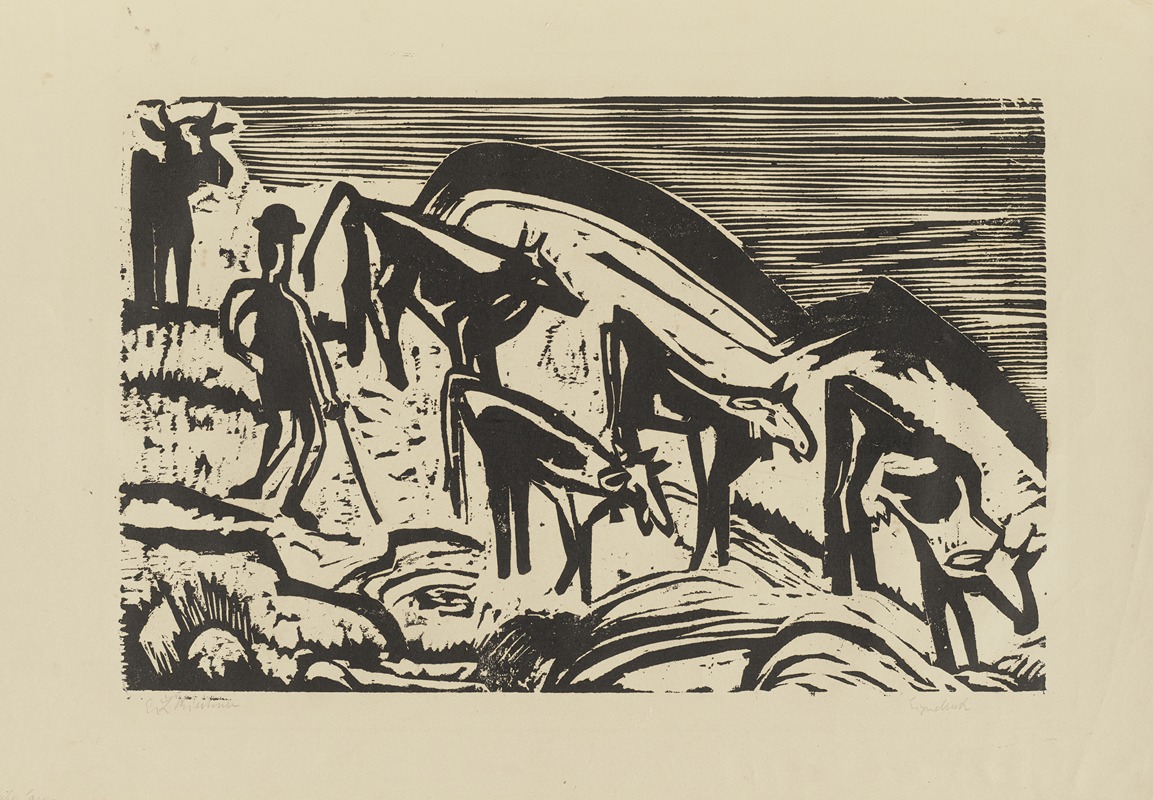
Hirt mit fünf absteigenden Kühen
A hand-painted replica of Ernst Ludwig Kirchner’s masterpiece Hirt mit fünf absteigenden Kühen, meticulously crafted by professional artists to capture the true essence of the original. Each piece is created with museum-quality canvas and rare mineral pigments, carefully painted by experienced artists with delicate brushstrokes and rich, layered colors to perfectly recreate the texture of the original artwork. Unlike machine-printed reproductions, this hand-painted version brings the painting to life, infused with the artist’s emotions and skill in every stroke. Whether for personal collection or home decoration, it instantly elevates the artistic atmosphere of any space.
"Hirt mit fünf absteigenden Kühen" (Shepherd with Five Descending Cows) is a painting by the German expressionist artist Ernst Ludwig Kirchner. Created in 1920, this work exemplifies Kirchner's distinctive style, characterized by bold colors, dynamic compositions, and a focus on the human figure within natural settings.
Ernst Ludwig Kirchner was a founding member of the Die Brücke (The Bridge) movement, which played a crucial role in the development of Expressionism in early 20th-century Germany. Die Brücke artists sought to create a new artistic language that broke away from traditional academic standards, emphasizing emotional experience and the depiction of modern life.
In "Hirt mit fünf absteigenden Kühen," Kirchner captures a pastoral scene with a shepherd guiding five cows down a slope. The painting is notable for its vibrant use of color and the fluidity of its forms, which convey a sense of movement and harmony between the figures and their environment. Kirchner's brushwork is expressive, with bold, sweeping strokes that create a dynamic interplay of light and shadow.
The composition of the painting is carefully balanced, with the shepherd positioned slightly off-center, leading the viewer's eye along the path of the descending cows. The landscape is rendered in a stylized manner, with simplified shapes and exaggerated colors that enhance the emotional impact of the scene. The use of bright, contrasting hues is typical of Kirchner's work during this period, reflecting his interest in the psychological effects of color.
Kirchner's choice of subject matter reflects his fascination with rural life and his desire to escape the industrialization and urbanization of modern society. After serving in World War I and experiencing a subsequent mental breakdown, Kirchner moved to the Swiss Alps, where he found solace in the natural landscape and the simplicity of rural existence. This painting, like many others from this period, can be seen as an expression of his longing for a more harmonious and unspoiled way of life.
"Hirt mit fünf absteigenden Kühen" is part of a broader body of work that Kirchner produced during his time in Switzerland, where he continued to explore themes of nature, human figures, and the interplay between the two. His work from this period is marked by a sense of introspection and a deep connection to the natural world, which provided him with both inspiration and a means of recovery.
Today, Kirchner is recognized as one of the leading figures of German Expressionism, and his works are held in major museums and collections around the world. "Hirt mit fünf absteigenden Kühen" stands as a testament to his artistic vision and his ability to convey profound emotional experiences through his unique style and technique.





